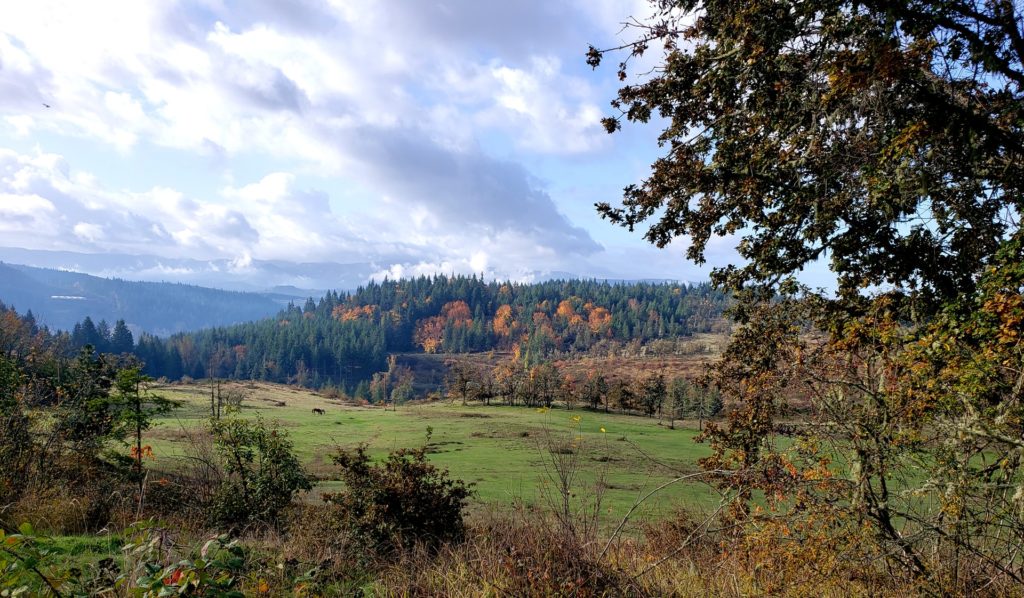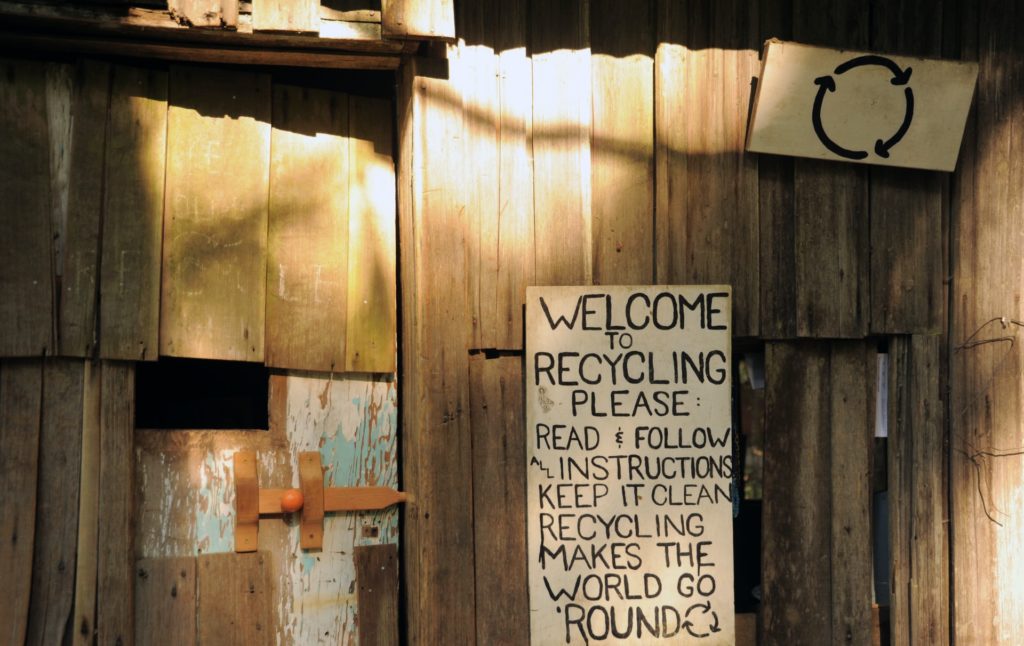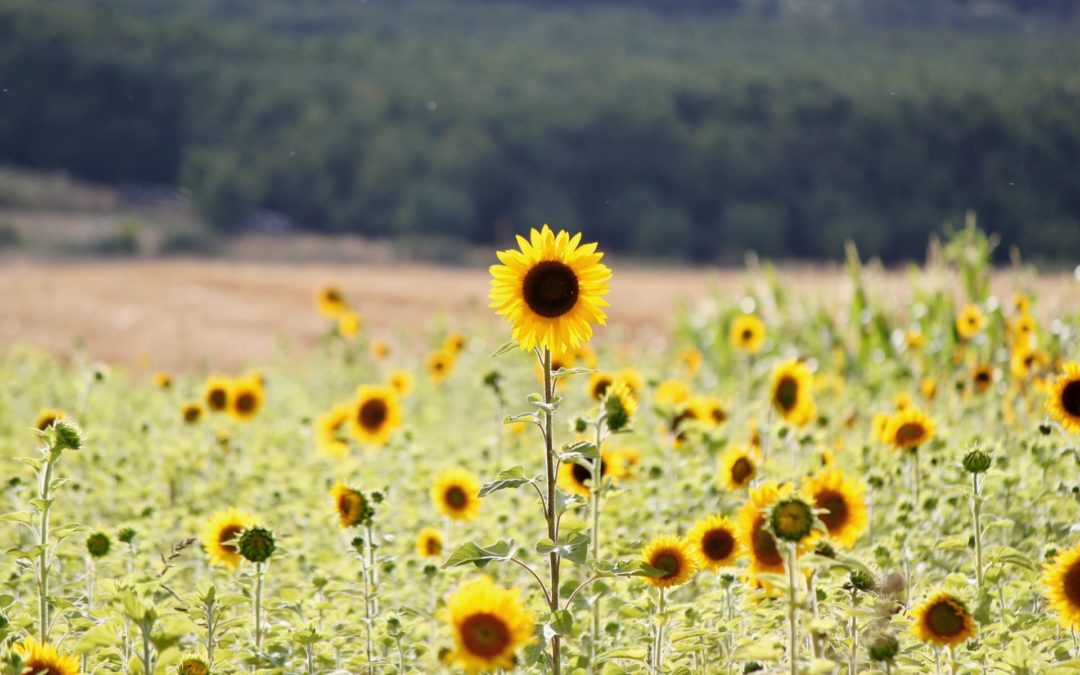By Nancy C. Unger
Environment & History, essay no. 1
In September 2020 we invited researchers to contribute to a forthcoming blog series on ‘Environment & History’. In creating this series, our aim is to explore in greater detail the intersections between modern-day challenges and the latest research in ecological, environmental, and climate histories. From the many proposals received, we’ve now commissioned contributions from 10 historians—working in the UK, Europe and North America—whose essays will appear here over the coming weeks.
We start the IHR’s ‘Environment & History’ blog series with an article by Professor Nancy C. Unger, author of Beyond Nature’s Housekeepers: American Women in Environmental History. Nancy asks how movements for environmental change might learn from the LGBTQ+ community. Investigating Lesbian responses to the natural world, particularly the “back to the land” movements of the late-twentieth century, she considers how LGBTQ+ experiences have long-inspired the exploration of alternative paradigms for living with nature.
Future essays in the ‘Environment & History’ series will be added weekly in the first instance: continuing on Wednesday 3 February 2021 with ‘Recycling and Upcycling Waste in the Late Medieval Urban Economy’.
In the last fifty years the LGBTQ+ community has established a remarkable record of major legal, social, economic, medical, religious, and political achievements. While it is true, that absolute equality and acceptance have yet to be achieved, the advances in recent years indicate that those of us who want to see more dramatic and rapid change in the forward movement of various peoples and causes, from civil rights to climate change, should study the LGBTQ+ movements carefully.
In one of the LGBTQ+ community’s most recent victories, the United States Supreme Court ruled in summer 2020 that federal law protects LGBTQ+ workers from discrimination, declaring, “An employer who fires an individual merely for being gay or transgender defies the law.” During the arguing of that case Donald Trump appointee Justice Neil Gorsuch asked if the Court should take into consideration “the massive social upheaval” that would be the inevitable result of such a decision, affecting workplace dress codes and public bathrooms. ACLU attorney David Cole responded, “There are transgender male lawyers in this courtroom following the male dress code and going to the men’s room and the Court’s dress code and sex-segregated bathrooms have not fallen.” Gorsuch voted with the majority in the 6 to 3 decision.
It was a very pointed illustration that the LGBTQ+ community is not waiting for the legal system to pave the way for reform—it is striving to have the legal community catch up to the reforms they’ve already been implementing throughout American society.
How has the LGBTQ+ community been able to make changes with such relative speed? What are the secrets to their success? How have they been able to wage battles simultaneously and successfully on a wide variety of fronts? What’s the source of their ability to form powerful and diverse alliances?
When I first began studying environmental history in earnest, I believed my work as a scholar of the history of gender and sexuality would be useless. Male, female, straight, gay, lesbian, bisexual, asexual, polysexual, transsexual—we breathe the same air and drink the same water. We all experience climate change. Sexuality seemed entirely superfluous. When I finally started studying the intersections of gender and the environment, my goal was to illustrate how deeply internalized gender stereotypes caused men and women to react very differently to the environment and environmental issues through American history. One of my first efforts was the essay “Women, Sexuality, and Environmental Justice in American History,” published in 2004 in New Perspectives on Environmental Justice: Gender, Sexuality, and Activism. A scant four paragraphs of my essay constituted the section “Lesbians Create an Alternate Environment.”
On the strength of that initial consideration of the role that sexuality could take in environmental thinking, I was invited by Catriona Mortimer-Sandilands and Bruce Erickson, who were putting together a collected volume applying understandings of sexuality to environmental studies, to flesh out my thinking on lesbian environments. The contributors met in Toronto to workshop our ideas in 2007, and rarely have I experienced such an intellectually stimulating exchange of ideas on topics ranging from eco-politics and Queer Theory, to philosophy and environmental studies. The result, Queer Ecologies: Sex, Nature, Politics, and Desire, was published in 2010 by Indiana University Press. I continued to hone my ideas on lesbian alternative environments and the final results appear in the chapter “Women’s Alternative Environments: Fostering Gender Identity by Striving to Remake the World,” in my book Beyond Nature’s Housekeepers: American Women in Environmental History, (Oxford University Press, 2012).
All of that work focuses in one way or another on the role that place has played in the survival and development of the LGBTQ+ community. However, what became increasingly striking was the conscious effort of many sub groups within that community to think about the environment in new and exciting ways, and to interact with it accordingly. Rather than striving to impose change on a global scale, change that is inevitably slow and maddeningly piecemeal, a variety of LGBTQ+ groups made efforts to remake the world on a micro level—creating innovative models for mainstream populations to consider, adapt, and adopt.
Much of that focus was on the lesbians who had been at the forefront of the “Back to the Land” movement that swept the United States (and other countries) from the 1960s. These women were contributing to or leading some of the most innovative and intriguing possibilities for living in egalitarian and more environmentally sustainable ways.
Some lesbians insisted that “women-only” spaces were the only way to ensure that lesbians’ needs came first. Living in the country was considered superior to living in cities created and dominated by men because in urban centers both lesbian sexuality and efforts to transform society were constantly oppressed and diverted. Even the urban lesbian bar, “the gay equivalent of the country club, church social, and community center, all in one,” came in for criticism. The separation from cities and suburbia offered by country life was considered crucial in the creation of models that would allow lesbians, many of whom had been discouraged from climbing trees or performing other “tomboy” outdoor activities as children, to improve their physical health and reclaim their sexual and environmental rights. Moreover, these women, although often derided as “unnatural” by the straight community and therefore only suited to urban life, confidently took a holistic approach to society’s problems by making nature central.

Fall Landscape, Fall Creek, Oregon, USA. Photo by Diana VanOrman.
In southern Oregon in 1972, the flow of women joining the Back to the Land movement became a wave of women immigrants. The lesbians who settled in rural Oregon between Eugene and California’s northern border sought not a temporary retreat into a kind of fantasy world but rather the creation of a new, viable, and sustainable alternative to patriarchy and capitalism. These rural separatists (and their sister lesbians who founded similar communities across North America) viewed the land as a place where lesbians could restore their physical and spiritual health, away from corruption, oppression, and pollution.
One resident recalls, “So much of the back to the land movement was about coming out, and coming into our power and identities as Lesbians. We intuitively knew we had to get out of the patriarchal cities, and redefine ourselves and our lives. We actually tried to build a new culture…not [just] back to the land but back to ourselves.” This new culture included “a desire to live lightly on Mother Earth and in sympathy with nature.” As pioneers of the modern Tiny House Movement, women erected (or adapted from existing shacks and cabins) small housing units that were easy to build and manage. These tiny residences (frequently less than ten by twelve feet, smaller than Thoreau’s cabin on Walden Pond) represented safety, economy, and autonomy. Due to the conscious rejection of traditional women’s roles these structures did not dedicate space to entertaining or child rearing. Instead of celebrating unbridled production, this new culture valued salvaging, recycling, and handcrafted materials over those industrially produced and store-bought. Sophisticated technology, heavy machinery, and animal products were eschewed by these women in favor of solar power, hand tools, and vegetarian organic foods in their desire to protect the environment as part of a larger effort to combat the evils of patriarchy and heterosexism. As one informational pamphlet from the Oregon Women’s Land Trust put it, “We want to be stewards of the land, treating her not as a commodity but as a full partner and guide in this exploration of who we are.”
The women’s plans to create a utopia on earth were never fully realized. Despite the communities’ desire to create an inclusive and diverse lesbian society, few women of color came to Oregon, and the mountainous terrain proved a barrier to women with disabilities and to the elderly. Because of relatively poor soil and chronic water shortages, the struggle for subsistence often overshadowed efforts to build a new kind of culture. When there was time and energy to pursue less worldly concerns, residents were frequently divided over what constituted acceptable spiritual practices. Yet none of the lesbians in residence termed their efforts a failure. They spoke of the empowerment they found in doing things for themselves and their recognition that nature is not an abstraction to be idealized, nor an “other” to be feared, tamed, subdued, or exploited, but rather “a friend, a sister, a lover (not to mention a workplace, a home, a refuge, and on some days a nuisance).” These lesbians proved that there were ways of living that, however imperfect, did not hinge on profit or patriarchy and that instead allowed lesbians to live openly, freely, and consciously as partners with nature.
As noted in materials in the Oregon Lesbian Land Manuscript Collections, they carried their commitment to that partnership even as they returned to more conventional ways of living. Artist Tee Corinne, for example, recalled the ongoing impact of her time in Oregon women’s communities in the early 1980s: “Slowly, in Oregon, I reconnected with the deep levels of creativity that run in me and began producing work which pleased me.”
Other lesbians eschewed separatism and took different approaches, seeking less to create their own world, than carve out uniquely lesbian and environmentally friendly opportunities within the existing one. They attended events like the annual Michigan Womyn’s Music Festival (1976-2015), and a variety of exclusively lesbian workshops and meetings at which attendees sought to heal both the environment and themselves.
Gay liberation widened the social and political networking possibilities for LGBTQ+ folk, and many of the erstwhile popular gathering opportunities, including some of those with a strong environmental focus, gradually fell out of favour. A few communal efforts continue, however. In the lesbian community Alapine Village, in northeastern Alabama, environmental protection and sustainability have remained paramount since its founding in 1997. Today, on their website its members tell their stories and invite like-minded lesbians to visit and consider joining.
A Harris poll in 2011 indicated that the interest in environmental protection by the larger LGBTQ+ community was by no means on the wane. The poll’s results show that, among other things, 55% of LGBT adults vs 33% of straight adults said they cared a lot about green issues; 48% vs 25% considered the environment when shopping; 45% vs. 27% placed high value on a political candidate’s stance on green issues; and 25% vs 17% factored in environmental

Welcome to Recycling, Oregon, USA. Photo by Wonderlane.
issues when considering potential employment. Seeking to capitalize on this passion for environmental protection is Out for Sustainability (OUT4S), organized in 2008 to mobilize the LGBTQ+ community for environmental and social action. OUT4S believes that the LGBTQ+ community can be a leader in sustainability. They work, for example, with LGBTQ+ events including Pride parade and festival organizers, to move toward carbon neutral, zero waste Pride events across the globe.
In 2016 I gave the keynote at the OUT4S Fab Planet Summit in San Francisco. It was unlike any other environmental gathering I had attended—more young people, more joy, less desperation and despair, more purpose and energy. Being members of an oppressed minority seemed to have provided a unique vantage point, making it easier to identify, critique, and propose solutions to oppressive institutionalized practices, including racism and sexism as well as environmental degradation. They recognized the links between those practices, sought to provide alternative models of living, and foster the adaptation of those models within the mainstream.
Greta Thunberg has showed the world that environmental leadership can come from unconventional sources. LGBTQ+ people have grappled with American institutions such as the family, the military, the church, and the law, and changed them for the better. I believe that the environment is another area where this diverse community’s unique history can provide insights and practices that will ultimately empower and serve to benefit us all.
***
Nancy C. Unger is Professor and Chair of History at Santa Clara University. She’s the author of two award-winning biographies, Fighting Bob La Follette: The Righteous Reformer; and Belle La Follette: Progressive Era Reformer. Her book Beyond Nature’s Housekeepers: American Women in Environmental History was a California Book Award finalist. Her new book, co-edited with Christopher McKnight Nichols, is A Companion to the Gilded Age and Progressive Era.

